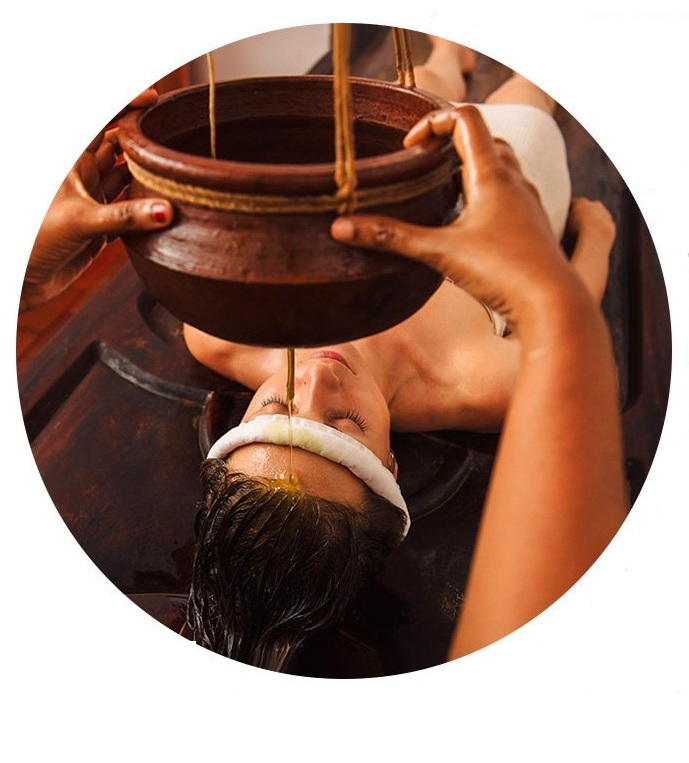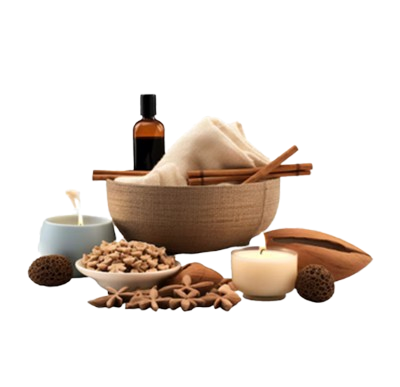Dedicated to Lifelong Wellness
The Five Actions of Panchakarma


Vamana (Therapeutic Emesis)
Kapha-related disorders like respiratory issues, obesity, and indigestion.
Virechana (Therapeutic Purgation)
Pitta-related disorders like skin issues, acidity, and inflammation
Basti (Medicated Enema)
Vata-related disorders like arthritis, constipation, and neurological conditions
Nasya (Nasal Therapy)
Sinusitis, migraines, and neurological issues
Raktamokshana (Bloodletting)
Pitta-related disorders like skin diseases, abscesses, and hypertension
Best panchakarma therapy centre in Nashik
Panchakarma is a traditional Ayurvedic detoxification and rejuvenation therapy designed to cleanse the body, mind, and spirit.
Panchakarma therapy is a cornerstone of Ayurveda that offers a holistic approach to detoxification and rejuvenation. With its time-tested techniques, it ensures a harmonious balance between the body, mind, and spirit, paving the way for a healthier, more vibrant life.
Preparatory Procedures (Poorvakarma)
Poorvakarma is the preparatory stage in Panchakarma therapy designed to prepare the body and mind for the main detoxification processes. These steps help loosen and mobilize toxins (ama) from deep tissues, making them easier to eliminate during the primary procedures.
Post-Therapeutic Care (Paschatkarma)
Paschatkarma is the post-treatment phase in Panchakarma, focusing on stabilizing the body and mind after the intense detoxification process. This stage ensures that the benefits of Panchakarma are sustained and helps the body gradually adapt to regular activities while maintaining balance in the doshas.
The Ultimate Ayurvedic Detox Journey
What to Expect
Frequently Asked Questions
Got questions? We’ve got answers.
Panchakarma is suitable for anyone seeking detoxification, disease management, or rejuvenation.
Balances the doshas (Vata, Pitta, Kapha).
Panchakarma is designed to be a gentle and therapeutic process. While certain treatments like purgation or emesis may cause mild discomfort, they are performed under professional supervision to ensure safety and efficacy.
Preparation involves dietary modifications, internal and external oleation (snehan), and steam therapy (swedana). Following the instructions of an Ayurvedic practitioner is essential for optimal results.
When performed by a qualified Ayurvedic practitioner, Panchakarma is safe. Mild temporary effects, such as fatigue or changes in bowel movements, may occur but usually subside quickly.

